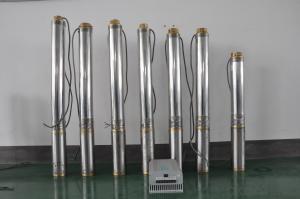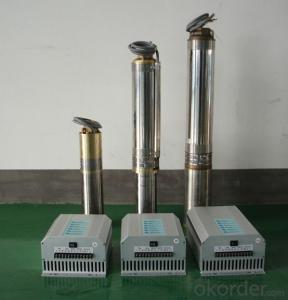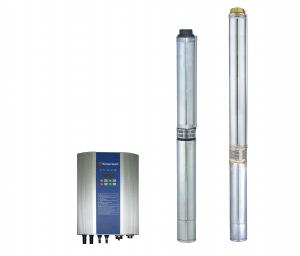New solar water screw pump
- Loading Port:
- Shanghai
- Payment Terms:
- TT OR LC
- Min Order Qty:
- -
- Supply Capability:
- 300 set/month
OKorder Service Pledge
Quality Product, Order Online Tracking, Timely Delivery
OKorder Financial Service
Credit Rating, Credit Services, Credit Purchasing
You Might Also Like
how is the rotor made:
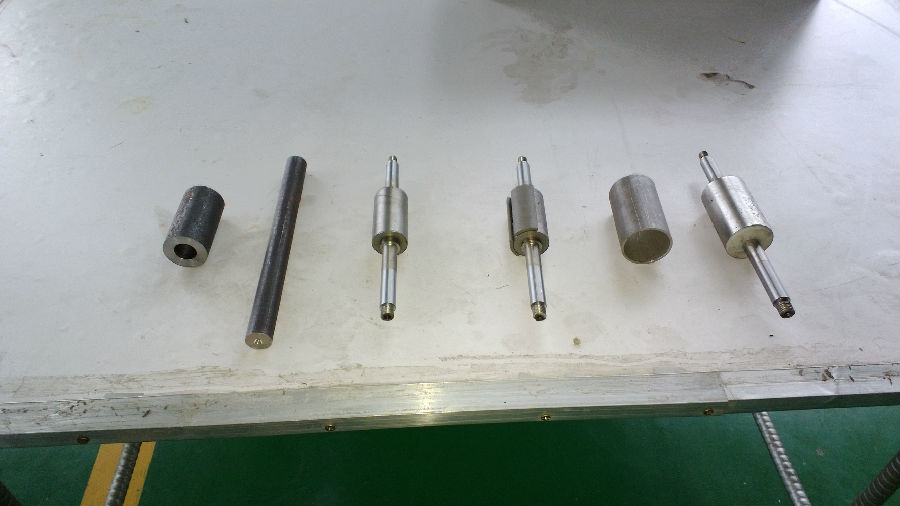
how is the motor made:
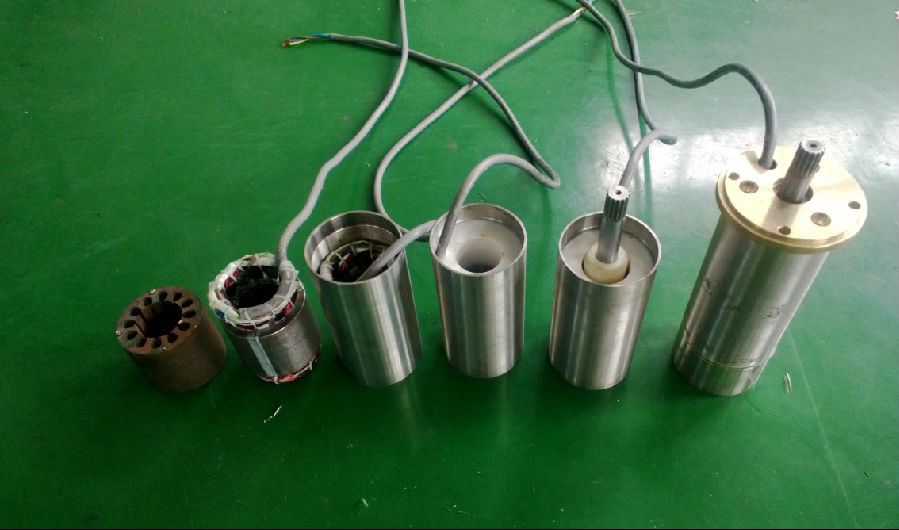
the pump :
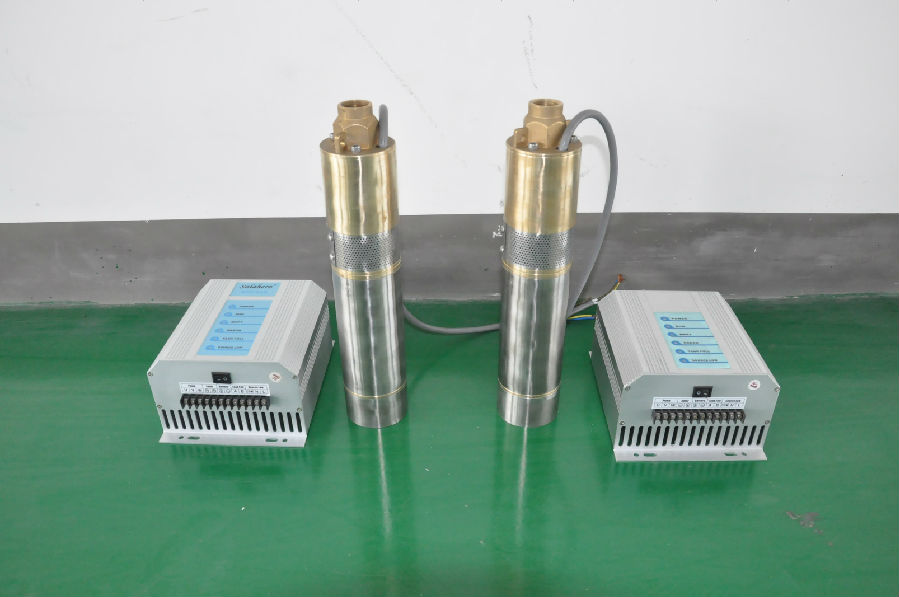
controller terminal connection:
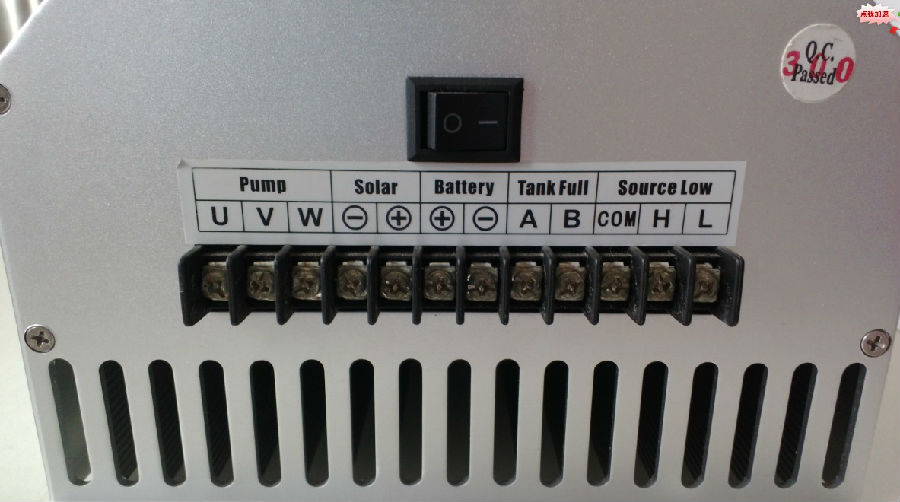
The permanent magnet:
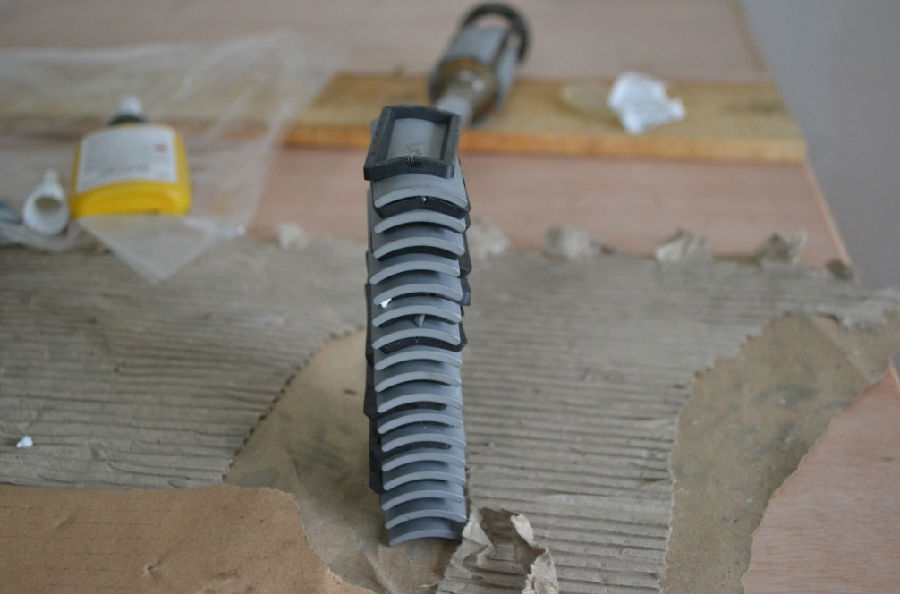
the helical screw:
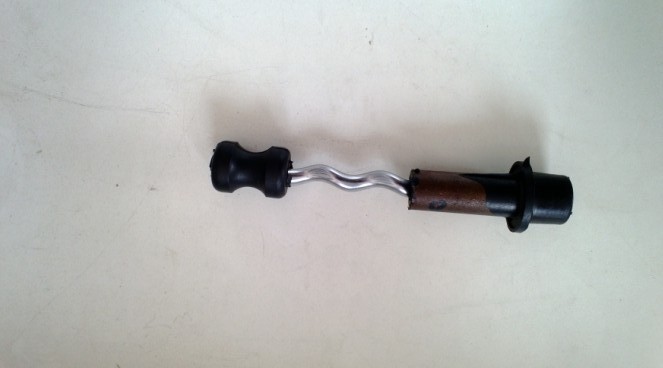
controller box:
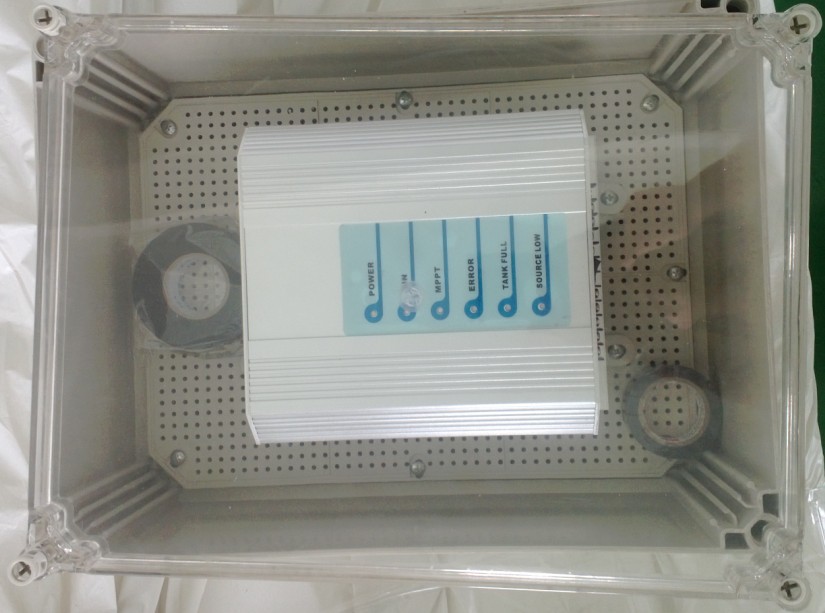
the senors:
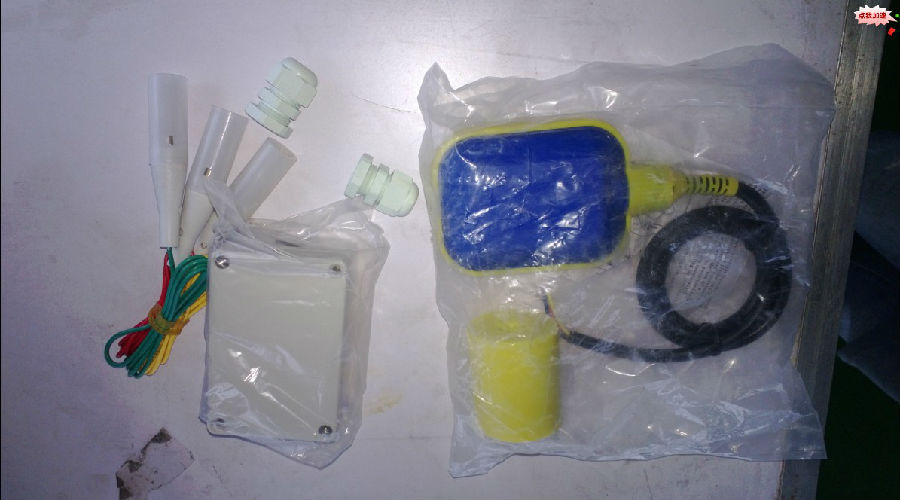
the test:
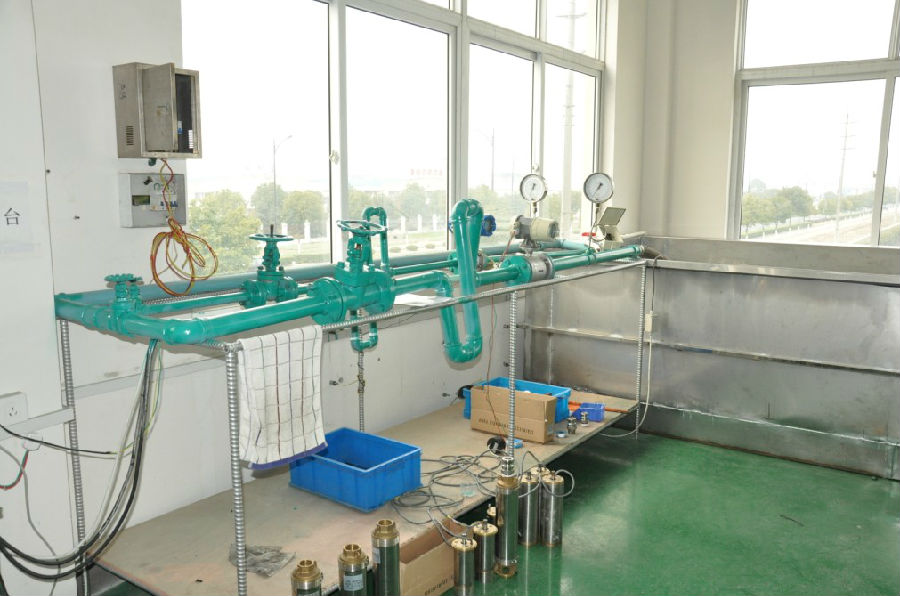
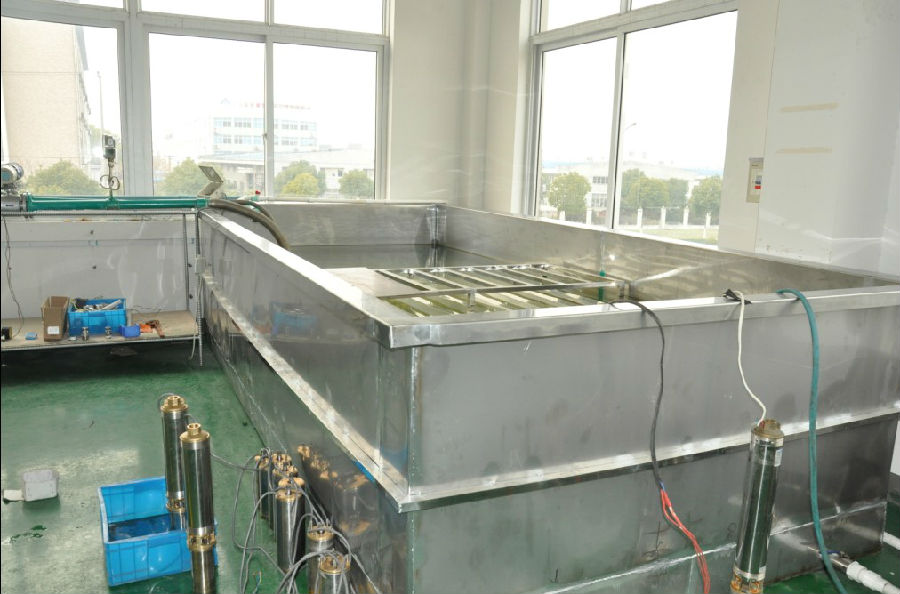
the application:
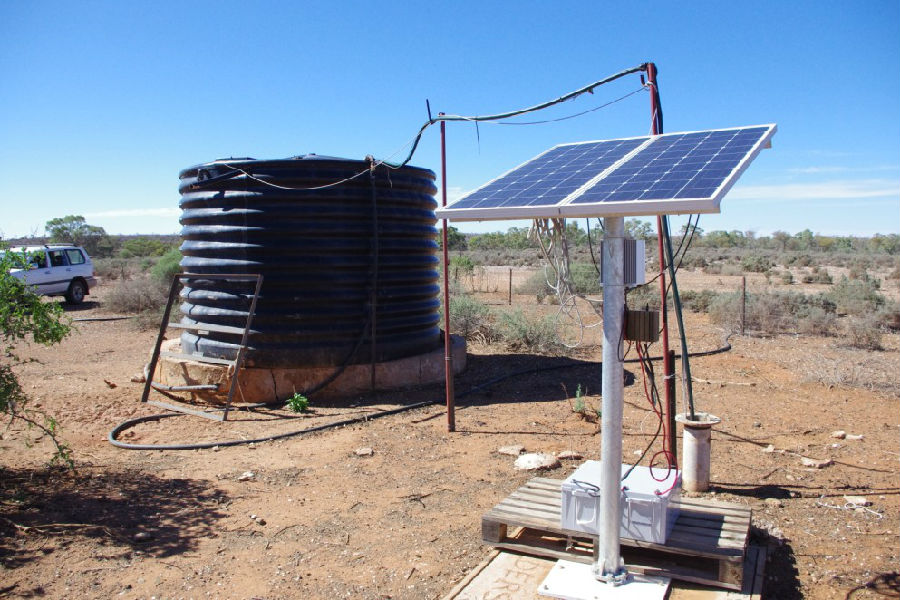
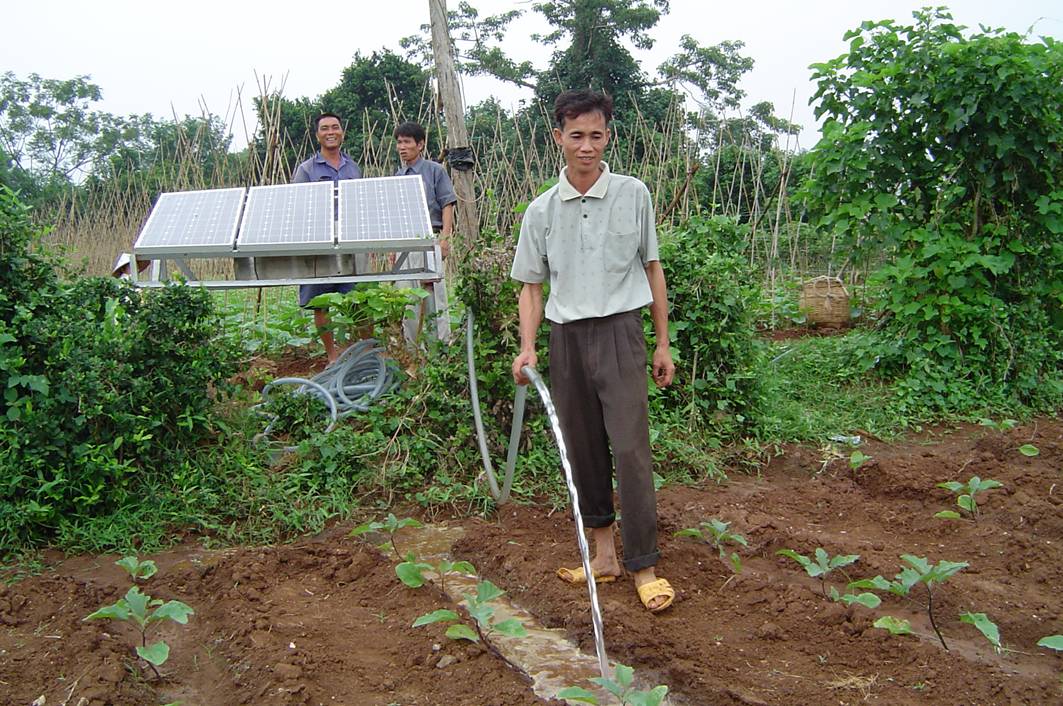
the package:
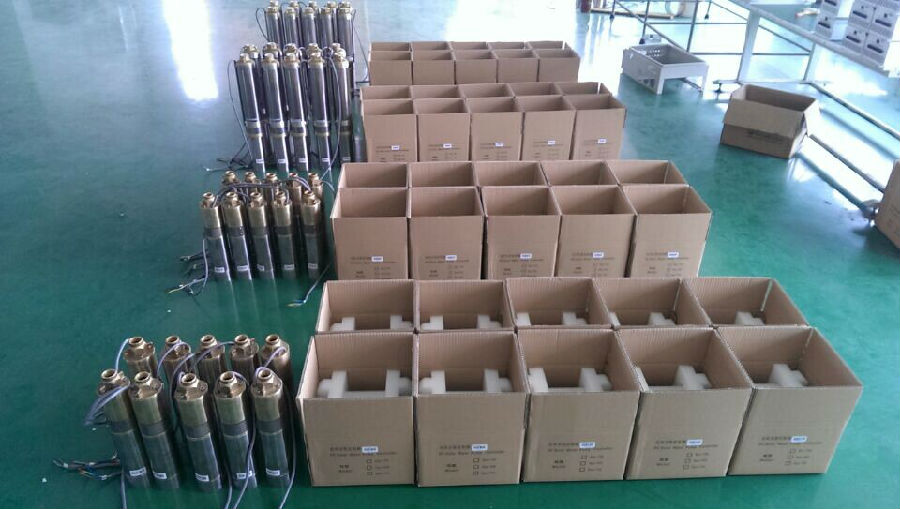
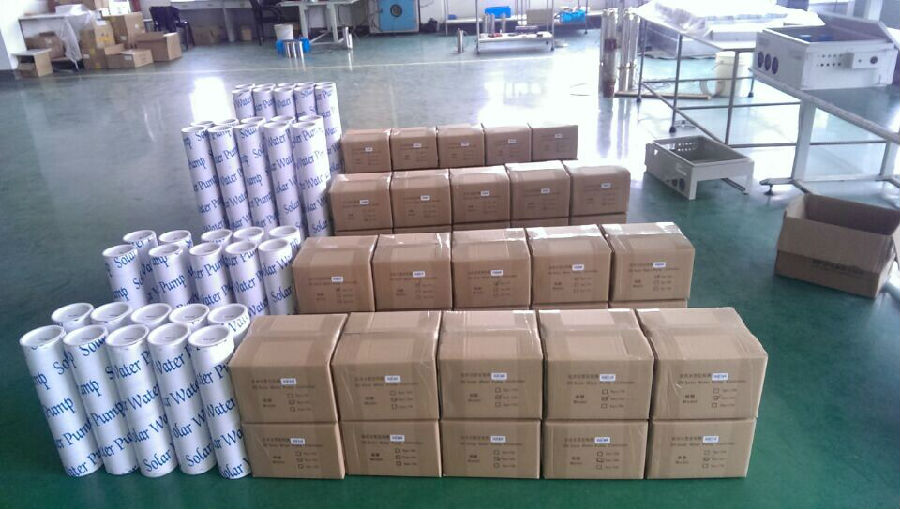

- Q:Can a solar pump be used in disaster relief efforts?
- Yes, a solar pump can be used in disaster relief efforts. When a disaster strikes, access to clean water becomes a crucial necessity. Traditional water pumps that rely on electricity or fuel may not be readily available or may have limited supply during such situations. Solar pumps, on the other hand, are powered by sunlight, making them a reliable and sustainable solution for water pumping in disaster-stricken areas. Solar pumps are self-sustaining and do not require any external fuel or electricity supply, which is particularly advantageous in disaster situations where power grids may be disrupted or non-existent. They are easy to install and can be quickly deployed to provide immediate access to clean water. Additionally, solar pumps are low maintenance, reducing the need for constant monitoring and servicing, which can be challenging in disaster-stricken regions. These pumps can be used to extract water from wells, rivers, or any other water sources, providing a lifeline for affected communities. They can be employed to supply drinking water, irrigate agricultural fields, or support sanitation efforts, thus addressing multiple needs during disaster relief operations. Moreover, solar pumps are environmentally friendly, emitting no greenhouse gases or pollutants. This sustainability aspect is crucial in disaster scenarios, as it helps minimize further damage to the already vulnerable environment and supports long-term recovery efforts. In summary, solar pumps offer an efficient, reliable, and sustainable solution for water pumping during disaster relief efforts. Their ability to operate independently of electricity grids or fuel supplies makes them an ideal choice to provide immediate access to clean water in disaster-stricken areas.
- Q:What is the payback period for investing in a solar pump?
- The payback period for investing in a solar pump can differ depending on various factors, such as the initial pump cost, installation expenses, energy savings, and any applicable incentives or subsidies. Typically, the payback period for a solar pump ranges from 3 to 7 years. Throughout this timeframe, the cost savings from utilizing solar energy instead of traditional energy sources, like electricity or diesel, will gradually compensate for the initial investment. Once the system is installed, solar energy is essentially free, resulting in significantly reduced operating costs and long-term financial advantages. Estimating the payback period requires considering the local climate and water requirements for your specific application. In areas with abundant sunlight and high water demands, the payback period may be shorter due to increased energy savings. Conversely, regions with less sunlight or lower water requirements may experience a slightly longer payback period. Additionally, government incentives, tax credits, or grants for renewable energy systems can greatly impact the payback period. These financial incentives can reduce the initial investment and expedite the payback period, making solar pumps even more economically feasible. To accurately determine the payback period for a solar pump, it is advisable to consult solar energy experts or suppliers. They can assess your specific needs, estimate costs, and provide a more precise calculation based on your location and circumstances.
- Q:How does the performance of a solar pump vary with different pumping distances?
- The performance of a solar pump can vary with different pumping distances. As the pumping distance increases, the performance of the solar pump may decrease due to various factors. One of the main factors affecting the performance of a solar pump with different pumping distances is the head height or vertical distance the water needs to be pumped. The higher the head height, the more energy the pump requires to lift the water, and this can result in reduced performance. Solar pumps have a maximum head height they can reach, and exceeding this limit may result in decreased flow rate and efficiency. Additionally, the distance between the pump and the water source can also impact the performance. As the pumping distance increases, friction losses in the pipes can occur, leading to a drop in performance. The longer the distance, the more significant the friction losses become, resulting in reduced flow rate and efficiency. Furthermore, the size and capacity of the solar pump also play a role in performance variation. Different pumps have different power ratings and flow rates. When choosing a solar pump for a specific pumping distance, it is crucial to select a pump that can handle the required flow rate and head height efficiently. It is important to note that the performance of a solar pump can also be influenced by other factors such as the quality and condition of the solar panels, the amount of sunlight available, and the overall system design. Therefore, it is recommended to consult with a solar pump expert or supplier to determine the most suitable pump for a specific pumping distance to ensure optimal performance.
- Q:Can a solar pump be used for water circulation in a greenhouse or hydroponics setup?
- Yes, a solar pump can be used for water circulation in a greenhouse or hydroponics setup. Solar pumps are an efficient and sustainable option for providing water circulation in these systems. They harness solar energy to power the pump, eliminating the need for electricity or traditional fuel sources. This makes them cost-effective and environmentally friendly, making them an ideal choice for water circulation in greenhouses and hydroponics setups.
- Q:Can a solar pump be used for water supply in schools and hospitals?
- Yes, a solar pump can be used for water supply in schools and hospitals. Solar pumps are an efficient and sustainable solution that can provide a reliable water source for these institutions. They can operate in remote areas without access to electricity, reducing reliance on fossil fuels and minimizing operating costs. Solar pumps are also environmentally friendly, making them an ideal choice for schools and hospitals aiming to reduce their carbon footprint.
- Q:How does the exposure to shade or obstructions affect the performance of a solar pump?
- The exposure to shade or obstructions can significantly affect the performance of a solar pump. Solar pumps operate by converting sunlight into electricity, which is then used to power the pump. Therefore, any reduction in sunlight due to shade or obstructions can directly impact the efficiency and output of the solar pump. When a solar pump is exposed to shade, such as from trees, buildings, or other structures, the amount of sunlight reaching the solar panels is reduced. This reduction in sunlight leads to a decrease in the amount of electricity generated by the solar panels. As a result, the pump's performance may be compromised, and it may not be able to operate at its full capacity or even fail to function altogether. Similarly, obstructions like dust, dirt, or debris on the surface of the solar panels can also hinder the absorption of sunlight. These obstructions create a barrier between the sunlight and the solar panels, reducing the efficiency of solar energy conversion. As a consequence, the solar pump may experience a decrease in performance and may require more time to achieve the desired pumping capacity. In addition, it is worth mentioning that the location and orientation of the solar panels also play a crucial role in the exposure to shade or obstructions. Panels that are not properly positioned or installed in areas with limited sunlight exposure will have a direct impact on the performance of the solar pump. To ensure optimal performance, it is important to install solar pumps in areas with maximum sunlight exposure, free from any potential shade or obstructions. Regular maintenance and cleaning of the solar panels can also help prevent the accumulation of dirt or debris that could hinder their efficiency. By taking these precautions, the solar pump can operate efficiently and effectively, providing a reliable and sustainable source of water pumping.
- Q:Are there any limitations on the distance a solar pump can pump water?
- Yes, there are limitations on the distance a solar pump can pump water. The maximum pumping distance depends on various factors such as the power of the solar pump, the height the water needs to be lifted, the pipe diameter, and the efficiency of the system. Generally, solar pumps are capable of pumping water over distances ranging from a few meters to several kilometers. However, as the pumping distance increases, the efficiency and flow rate of the pump may decrease, and additional components like booster pumps or larger pipes may be required to maintain optimal performance.
- Q:Can a solar pump be used for fountain installations?
- Yes, a solar pump can be used for fountain installations. Solar pumps are designed to be energy-efficient and operate using solar power, making them an environmentally-friendly choice for fountains. They work by converting sunlight into electricity, which powers the pump to circulate water within the fountain. Solar pumps are typically easy to install, require minimal maintenance, and can be used in both small and large fountain installations. Additionally, they do not require a direct electrical connection, eliminating the need for wiring or the use of electricity from the grid. Overall, a solar pump is a great option for those looking to power their fountain installation with renewable energy.
- Q:Can a solar pump be used for water supply in agricultural nurseries?
- Yes, a solar pump can be used for water supply in agricultural nurseries. Solar pumps are an efficient and sustainable option for agricultural irrigation, providing a reliable water source for nurseries without relying on grid electricity. They harness solar energy to power the pump, making it cost-effective and environmentally friendly. Additionally, solar pumps can be easily installed and maintained in remote areas, making them ideal for agricultural nurseries that may not have access to electricity grids.
- Q:The problem of installing pressurized water pump in solar hot water outlet pipe
- Household pipe booster pump in the installation of the need to pay attention to the matter more, but these considerations for the subsequent work and production of great impact, we often say that sharpening workers do not mistake. Only to the precautions to prepare thoroughly, for the use of the product we can be more handy, the effect will be better.
1. Manufacturer Overview |
|
|---|---|
| Location | |
| Year Established | |
| Annual Output Value | |
| Main Markets | |
| Company Certifications | |
2. Manufacturer Certificates |
|
|---|---|
| a) Certification Name | |
| Range | |
| Reference | |
| Validity Period | |
3. Manufacturer Capability |
|
|---|---|
| a)Trade Capacity | |
| Nearest Port | |
| Export Percentage | |
| No.of Employees in Trade Department | |
| Language Spoken: | |
| b)Factory Information | |
| Factory Size: | |
| No. of Production Lines | |
| Contract Manufacturing | |
| Product Price Range | |
Send your message to us
New solar water screw pump
- Loading Port:
- Shanghai
- Payment Terms:
- TT OR LC
- Min Order Qty:
- -
- Supply Capability:
- 300 set/month
OKorder Service Pledge
Quality Product, Order Online Tracking, Timely Delivery
OKorder Financial Service
Credit Rating, Credit Services, Credit Purchasing
Similar products
New products
Hot products
Hot Searches
Related keywords









